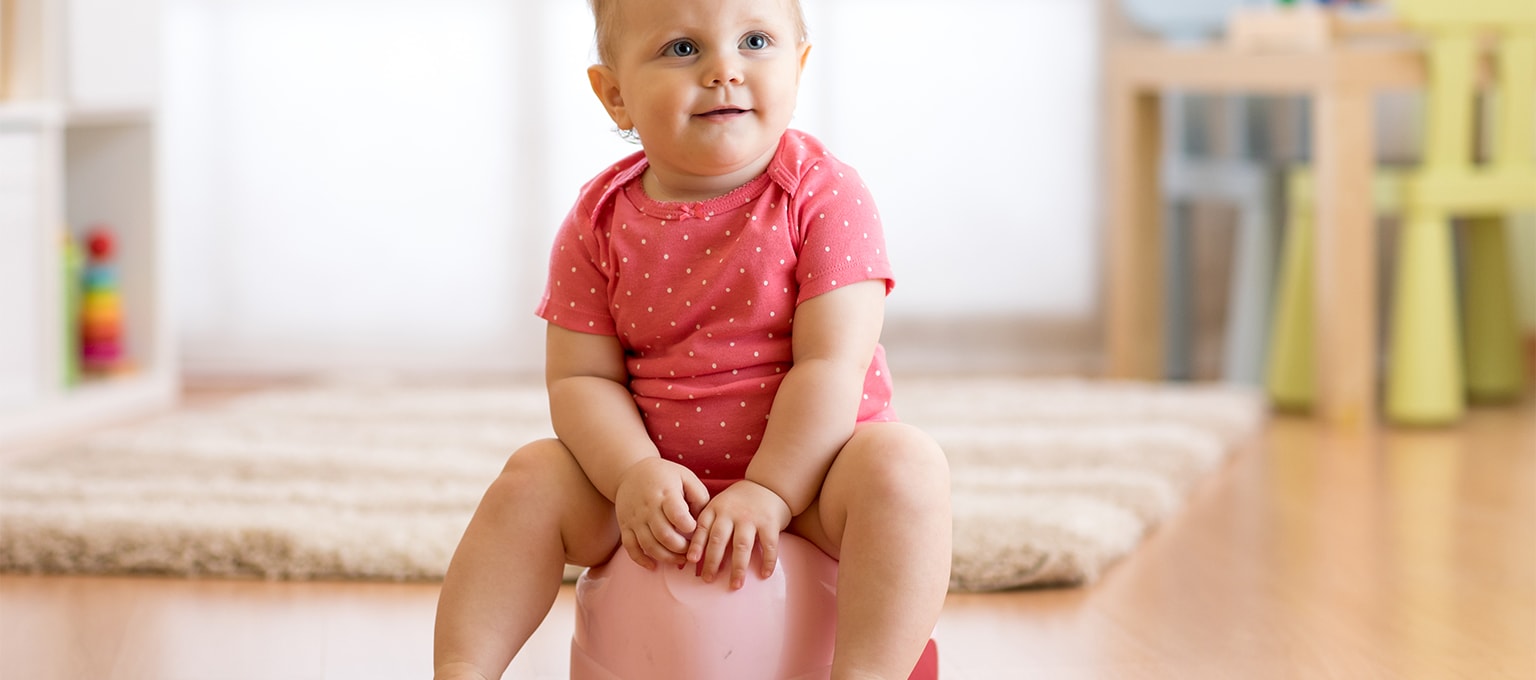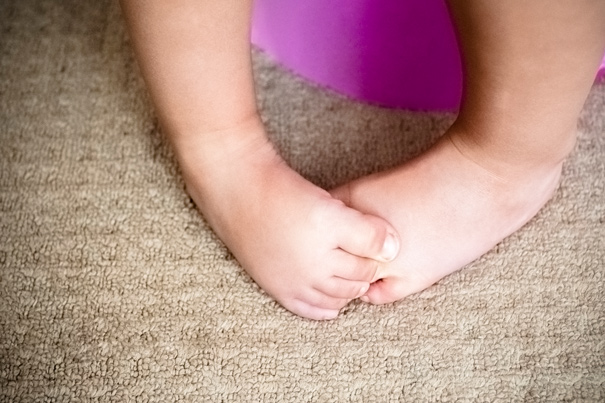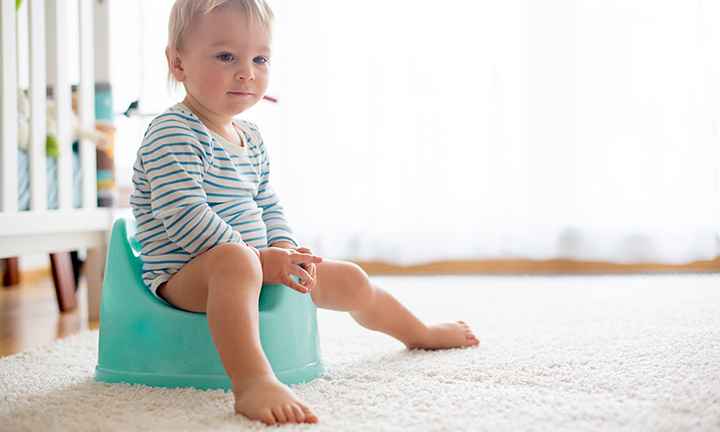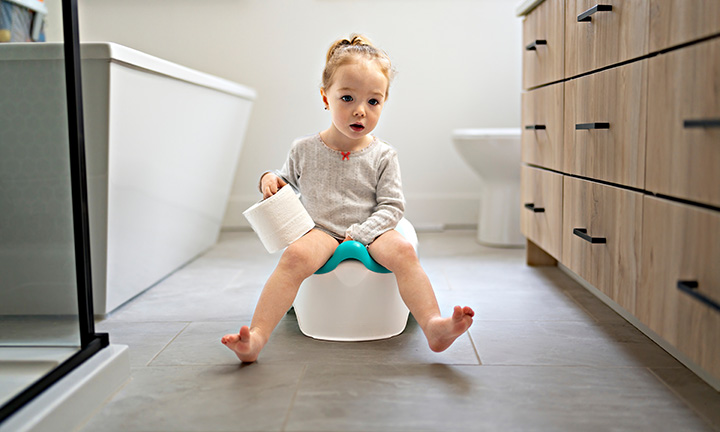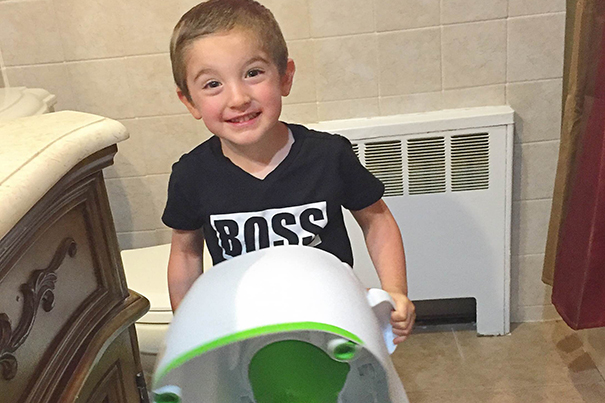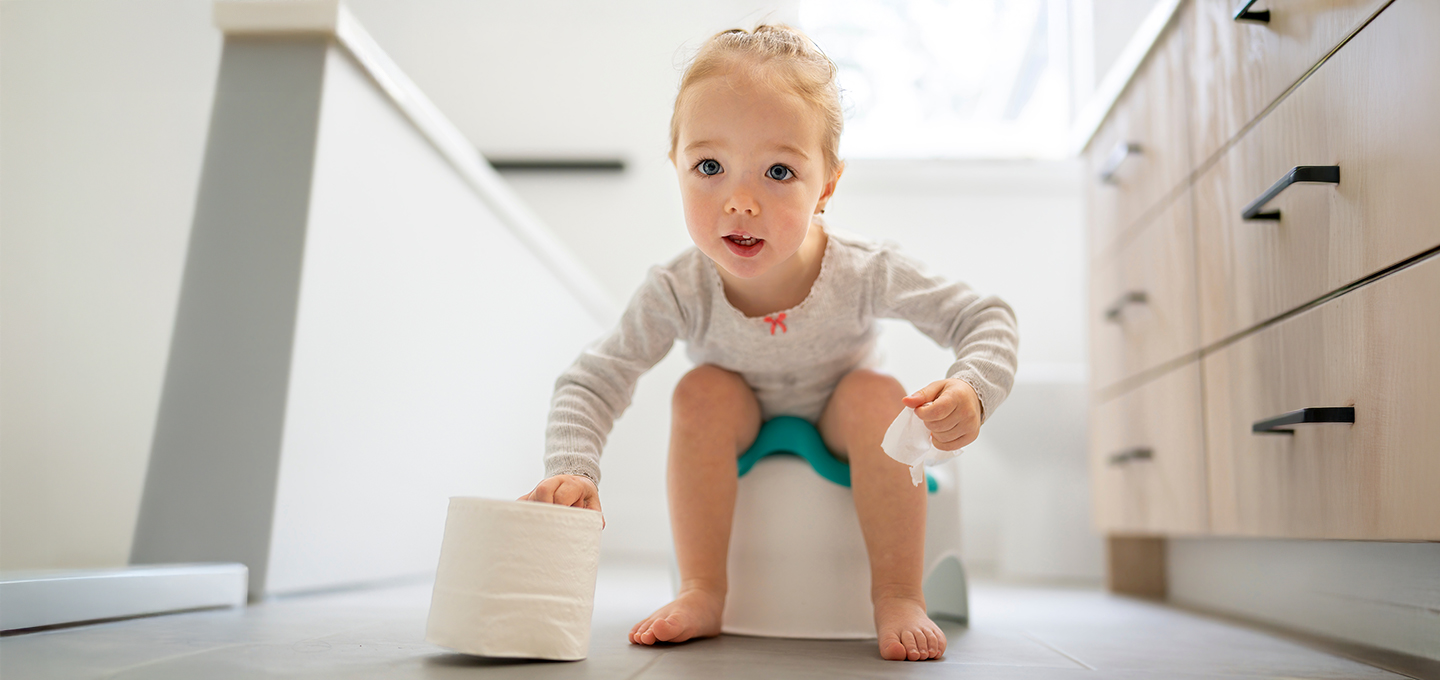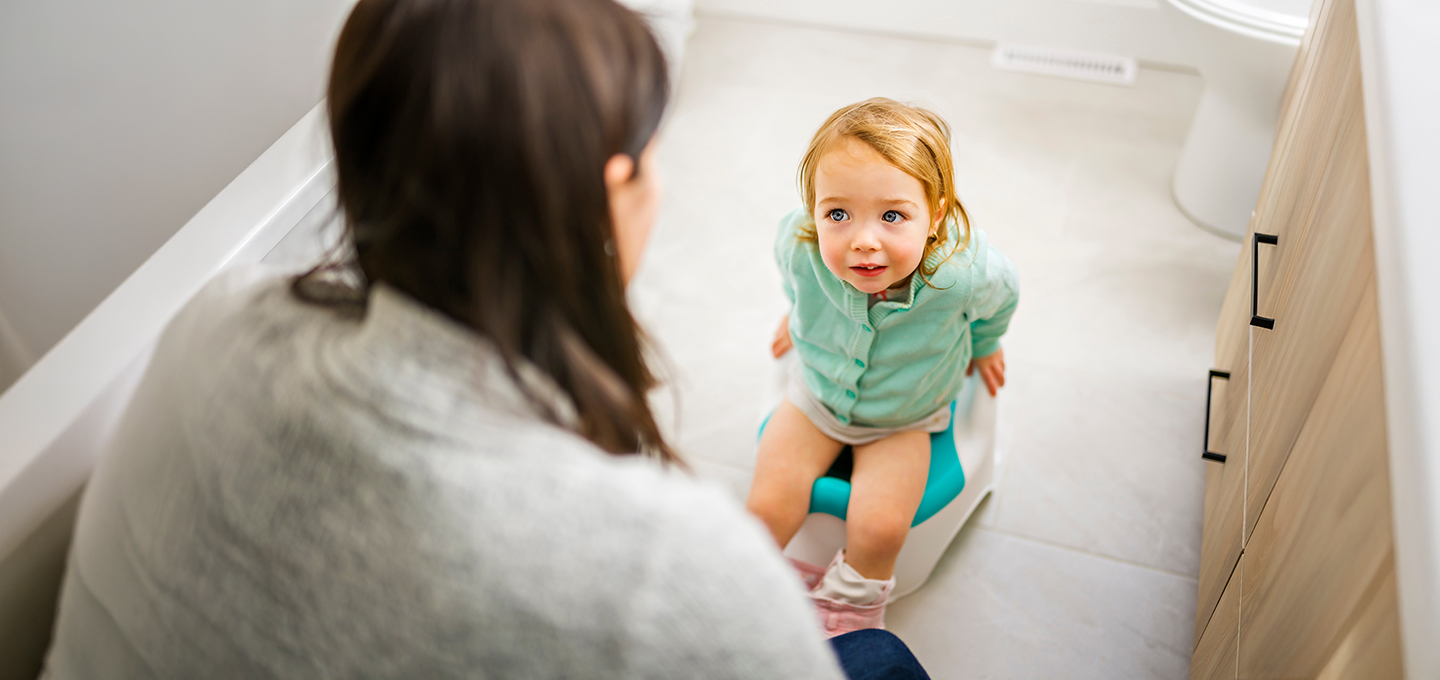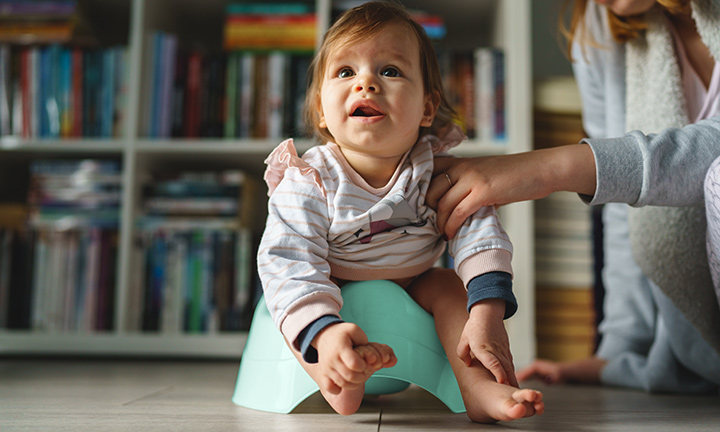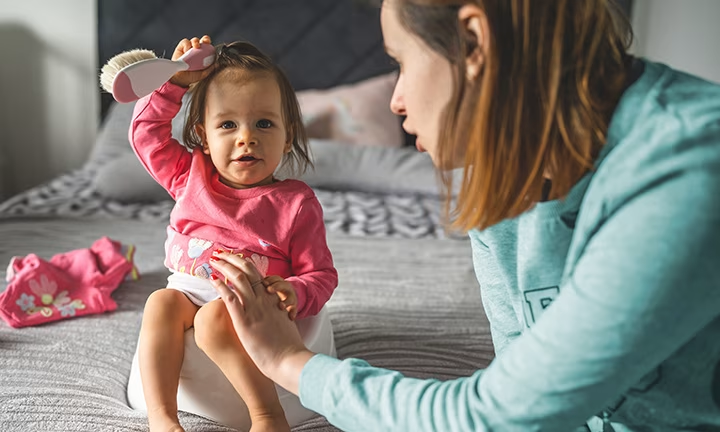
A Step-by-Step Guide to the 3-Day Potty Training Method
You may have heard about various methods for potty training a toddler, one of them being the three-day potty-training method. Although there is no foolproof potty training strategy that works for every child, you may decide that this intensive, boot camp–style training method is the right one for you and your child. Read on to learn how to implement this method and to gather tips about potty training in general.
Choosing Among Potty-Training Methods
Whether you choose to try the three-day potty-training method or prefer a more gradual technique, it's helpful to know that there is no evidence that any one method is better than another. However, it’s best to start toilet training your child when they’re developmentally ready and when you’re able to commit to a positive and consistent approach.
It’s also unnecessary to use to just one method. You could decide to do a combination of different potty-training methods to come up with something that works well for you and your child. Medical experts agree that children benefit when verbal, physical, and social forms of training are combined. These can include reading a book to your little one about potty training, letting them pick out their own potty chair, demonstrating to your child how to use the potty and wipe themselves afterward, and offering praise and hugs for a job well done. Work with your child and their personality to come up with the best combination of potty-training methods for your family. You’ll get to know your child and their unique style a little better, and you’ll appreciate seeing them grow into an individual.
6 Tips to Follow During Potty Training
Whether you’re starting potty training or you're already in the thick of it, here are some potty-training tips and techniques to keep in mind:
Signs of Potty-Training Readiness
Many parents assume that a child should be potty trained by a certain age, but that’s not the case. Children are unique and they develop at different rates. One child might be ready to start potty training as early as 18 months, whereas another may not be ready until 3 years of age. Contrary to what you may have heard, not every preschool-aged child is fully potty-trained, and that's normal.
Don’t fall into the trap of comparing your child to another or be made to feel ashamed by another parent for not having trained your child to use the potty sooner.
If you're wondering whether it's time to begin the process, look for these signs of potty-training readiness in your toddler:
You may like to try training pants, such as Pampers Easy Ups, with your little one during potty training. Designed like real underwear, with a stretchy waistband that makes it easy for your toddler to pull them up and down independently. Among the many benefits of training pants are that they can make potty training easier for your child:
The 3-Day Potty-Training Method
If you’ve decided to give the three-day potty-training method a try, before you begin, you may want to check that your child
10 Tips to Follow During the 3-Day Potty-Training Method
Ready to try the three-day potty-training method? Some parents like to schedule this for a long weekend, when there may be fewer distractions or time commitments. Whenever you get going, here are some tips and techniques for how to potty train in three days (or less):
Some proponents of the three-day method recommend what's called the "bare bottom" approach, which is just the way it sounds. You not only skip the diapers but also forego the underwear, letting your child roam around the house (or outside in your backyard if the weather is warm enough) wearing nothing but a long shirt or a shirt and loose-fitting pants. Whether you go for underwear or not, essentially, you'll follow the same strategy.
FAQS AT A GLANCE
No potty-training method is foolproof, including the three-day potty-training method. Medical experts have found that a combination of different methods often leads to the best results with children.
The Bottom Line
Whether you decide to try the three-day potty-training method or some combination of methods for your child, know that potty training normally takes around six weeks, and having a fully potty-trained child takes years. The best thing to do during this time is approach potty training with an open mind and a flexible, positive attitude.
Potty training isn’t a cut and dried process and it doesn’t happen overnight. It takes time for your child to learn how to successfully use the potty and eventually the toilet, just as it takes time for them to learn any other new activity. Your child is developing in their own time and in their own way. Support their individuality and cheer on their progress!
- American Academy of Pediatrics. Guide to Toilet Training (New York: Bantam Books, 2016).
- American Academy of Pediatrics. Mommy Calls: Dr. Tanya Answers Parents’ Top 101 Questions About Babies and Toddlers (New York: Bantam Books, 2006).
- American Academy of Pediatrics. The Wonder Years (New York: Bantam Books, 2006).
- HealthyChildren.org. “Toilet Training: Which Method Is Best?”
- Kids Health. “Toilet Training: When Are Kids Ready to Toilet Train?”
- Mayo Clinic. “Potty Training: How to Get the Job Done.”
- National Library of Medicine. “Among Healthy Children, What Toilet-Training Strategy Is Most Effective and Prevents Fewer Adverse Events (Stool Withholding and Dysfunctional Voiding)?”
- National Library of Medicine. “Toilet Training Children: When to Start and How to Train.”
